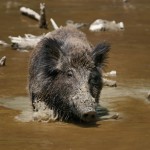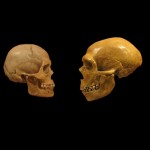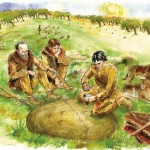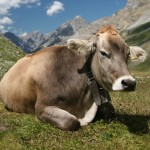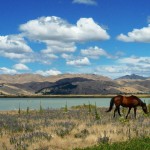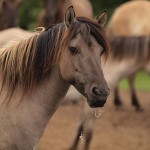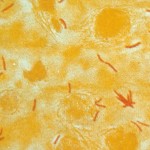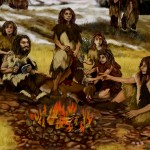Pipeline Construction in Europe Shaped by Politics and Environment
August 17, 2014
Roar plan to do a Stirling job on Lions
August 17, 2014A research team from the University of Basel uncovered some interesting findings in a Neolithic settlement at the boarders of Lake Biel in Switzerland: The DNA of a cattle bone displays genetic traces of the European aurochs and thus adds further facet to the history of cattle domestication. The journal Scientific Reports has published their findings.
The modern cattle we see today are the domesticated descendents of the aurochs, a wild species of cattle that became extinct in the 17th century. The domestication of aurochs’ began approximately 10,000 years ago in the Near East. It is their DNA that reveals their ancestry: Aurochs of the Near East carry a maternally inherited genetic signature (mtDNA) called T haplogroup. Modern cattle still carry this signature, therefore showing that they derive from these early-domesticated cattle in the Near East. This implies that with the spreading of early farmers from the Near East to Europa, the domesticated cattle were imported to Europe alongside.
Unlike the aurochs of the Near East, the local wild aurochs of Europe belong to the P haplogroup. Until now, scientists believed female European aurochs did not genetically influence the Near Eastern cattle imported during the Neolithic Age (5,500-2,200 BC).
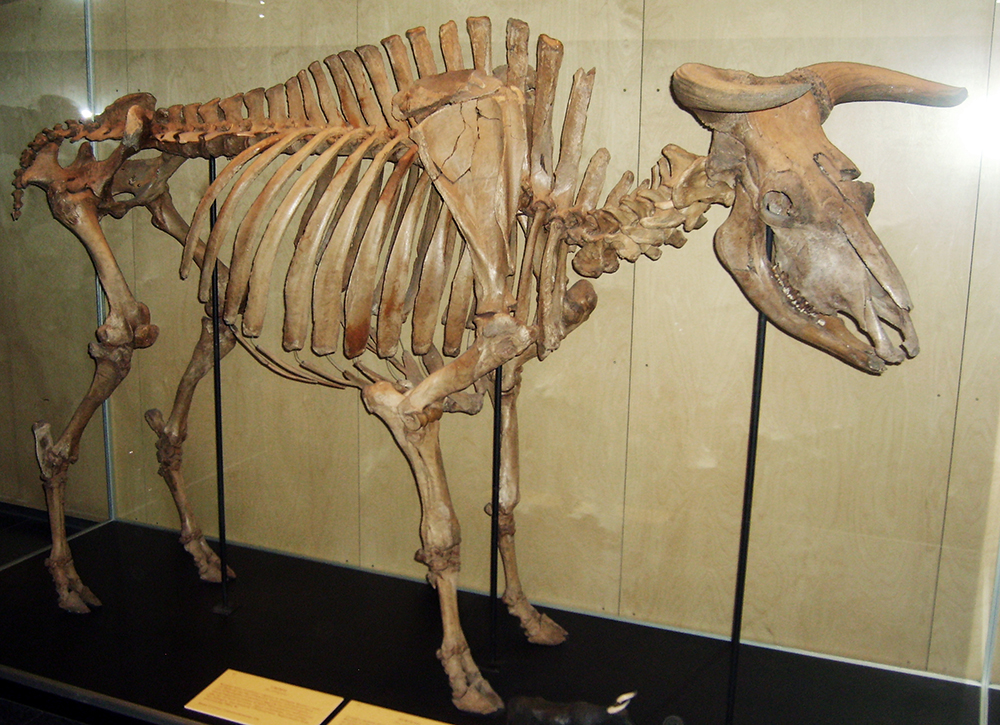
Aurochs Bull: WikiPedia
Small sturdy cows as draft animals
Scientists from the University of Basel accidentally discovered a small metacarpal bone from a Neolithic cattle among various other animal bones found in the lake settlement Twann in Switzerland and proceeded to analyse its mtDNA. The analysis displayed that the bovine bone carried the European aurochs’ genetic signature of the P haplogroup. The bone represents the first indisputable evidence that female European aurochs also crossbred with genetic cattle from the Near East.
The bone, which dates back to around 3,100 BC, is evidence for the earlier crossbreeding between wild female European aurochs with a domestic bull. “If these were coincidental single events or rather cases of intentional crossbreeding cannot be clearly answered on the basis of our results”, explains Prof. Jörg Schibler, head of the research groups for the Integrative Prehistoric and Archaeological Science (IPAS) from the Department Environmental Science at the University of Basel.
The animal, from which the specimen belonged, was extremely small with withers height of just 112 centimeters. “This raises a number of questions for us: How difficult was copulation or birth in this case? And how many generations did it take to develop such small animals?” explains the archaeogenetics specialist Angela Schlumbaum in regards to this significant discovery.
The scientists are under the assumption that the early farmers of the Horgen culture (3,400-2,750 BC), to which the bone dates, potentially were attempting to create a new smaller, sturdier type of cattle especially suitable as draft animal by intentional crossbreeding with wild aurochs. The assumption would be in accordance with the archaeological finds of wooden wheels, wagons and a yoke from the Horgen culture.
Contributing Source: Universität Basel
Header Image Source: Universität Basel
copy Copyright 2014 HeritageDaily – Heritage Archaeology News


